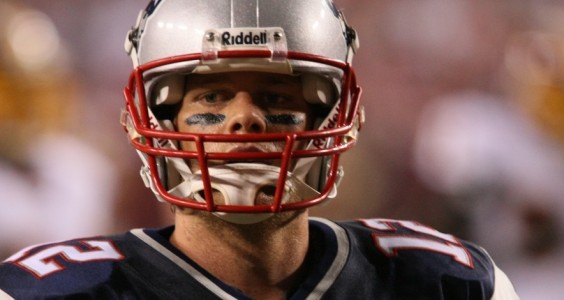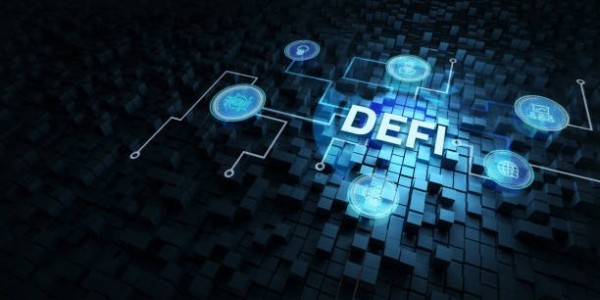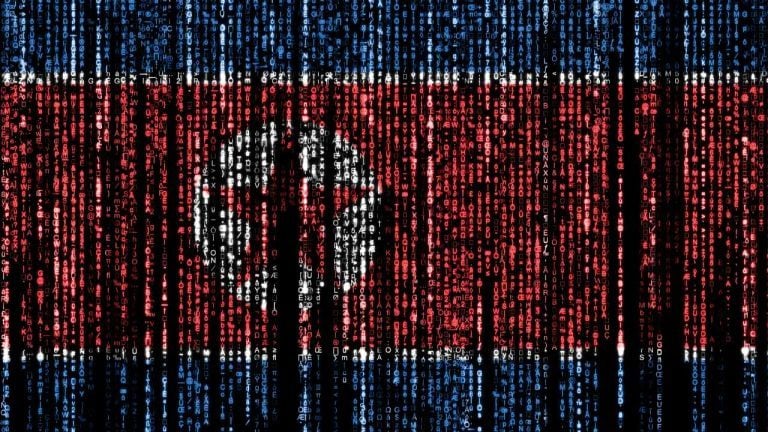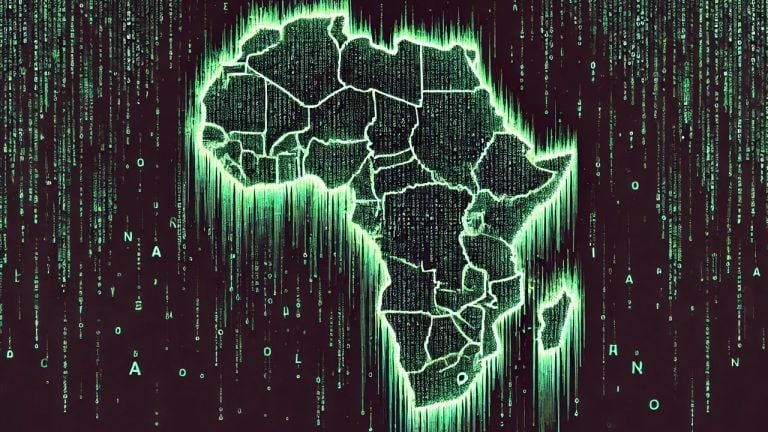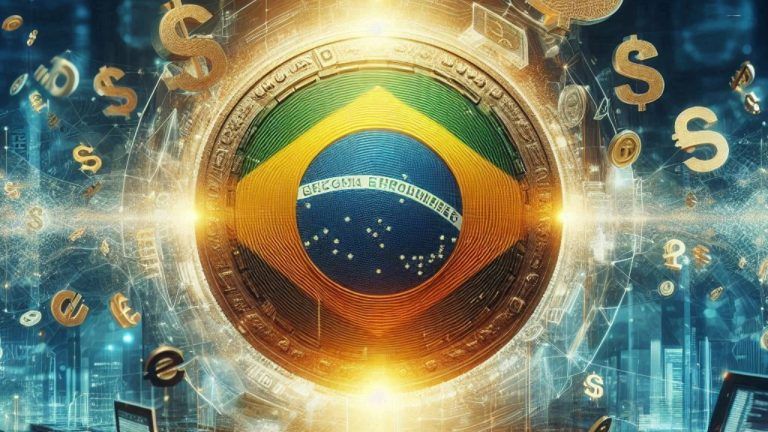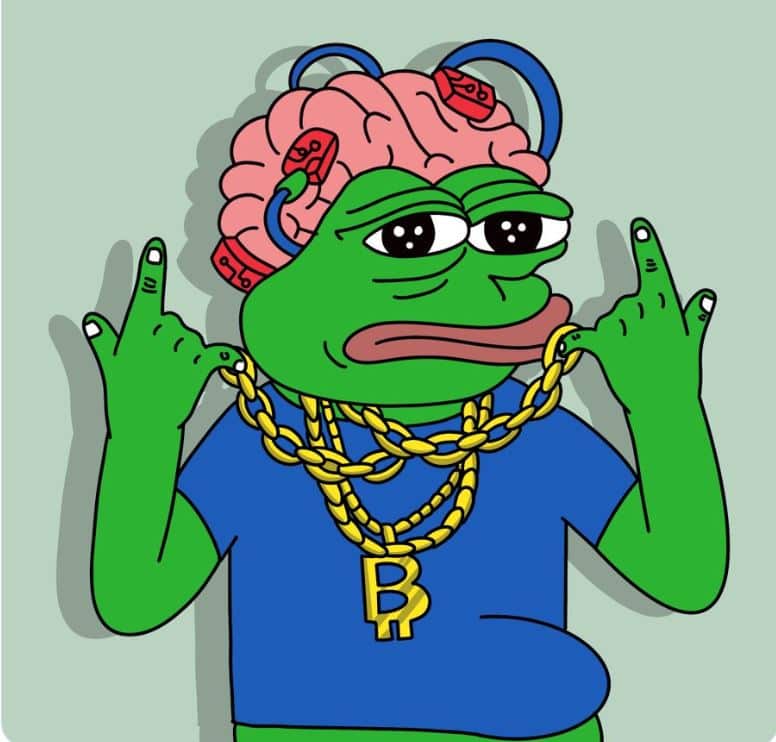How Web3 is redefining storytelling for creators and fans through NFTs
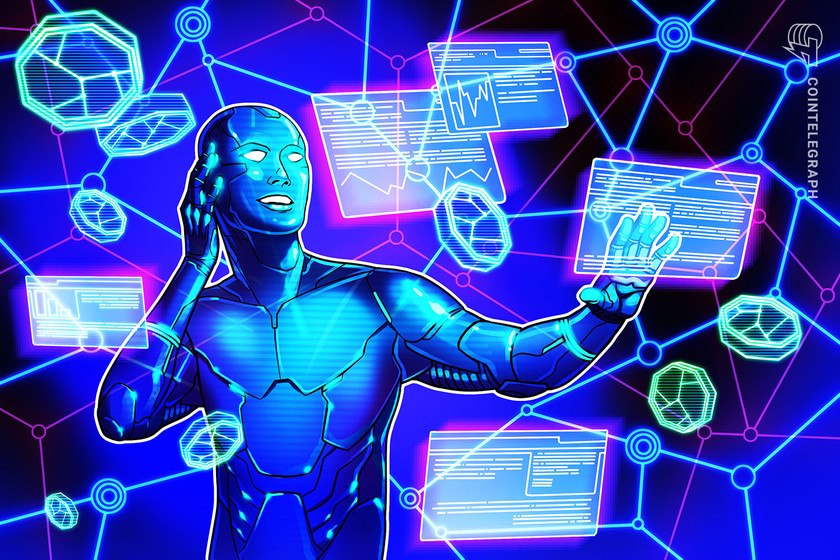
Web3 has given rise to generative NFTs that allow both fans and creators to tell stories across different mediums.
Nonfungible tokens (NFTs) have come a long way in a relatively short period of time. In 2017, the NFT project CryptoKitties made headlines as the largest decentralized application on the Ethereum network. While CryptoKitties accounted for a notable portion of Ethereum transaction volume in 2017, these NFTs mainly served as digital collectibles geared toward the crypto community.
It wasn’t until March 2021 when NFT artwork started gaining traction due to the financial potential behind these creations. This was demonstrated when digital artist Mike Winkelmann, also known as Beeple, sold his NFT piece titled “Everydays: The First 5,000 Days,” which raised over $69 million through Christie’s auction house. Following Beeple’s sale, artwork NFTs started becoming more popular, attracting a larger audience of both creators and fans.
Web3 enables community storytelling through NFTs
Fast forward almost a year later, and the rise of Web3 has given creators additional opportunities to make nonfungible tokens that have utility in virtual ecosystems. This has also allowed NFTs to extend beyond just aesthetically pleasing images, giving rise to community building through new forms of storytelling within different mediums.
To put this in perspective, Yat Siu, co-founder and chairman of Animoca Brands — a Hong Kong-based gaming and venture capital company — told Cointelegraph that collaborative narrative forms, like fan fiction and YouTube videos, became quite popular with the development of Web2. “But, what was missing was an efficient way to share collaborative efforts for recognition and economic benefit in a scalable and equitable manner. Web3 can help to change that,” Siu said.
Siu believes that Web3 has made it possible for content creators such as writers, artists, film directors and others to collaborate with individuals on various creative efforts. Siu shared that this is partly due to the fact that Web3 content contributions to be tracked on-chain:
“This opens up so many possibilities for collaborative creativity across virtually all media formats. Imagine interweaving stories constructed by a myriad of end-users in a user generated content manner, but with full tracking of each contributor and narrative origin.”
To Siu’s point, a number of Web3 projects are coming to fruition, which are utilizing trackable NFTs to enable project creators and fans to collaborate on various forms of storytelling. For instance, the billion-dollar comic book industry has taken an interest in using NFTs for storytelling. Palm NFT Studio recently launched an NFT project with Warner Bros. Consumer Products’ DC Comics known as “The Bat Cowl Collection.” This project features 200,000 unique 3D-rendered Batman cowl NFTs that allow fans to shape the stories of future comic book narratives.
Josh Hackbarth, head of NFT commercial development for Warner Bros. Entertainment, told Cointelegraph that Warner Bros. had been thinking about new ways to bring Batman to life for fans, which eventually led to the exploration of Web3: “As the lead for the ‘Bat Cowl Collection,’ I was excited to see how Web3 could bring us closer to fans by allowing them to collaborate with us in new ways.” Hackbarth added that each NFT will then be integrated into future DC Comics’ stories over time.

Straith Schreder, executive creative director for Palm NFT Studio, told Cointelegraph that each “Bat Cowl” NFT serves as part of the storytelling process:
“This allows for fans to become protagonists, which makes this project exciting because it enables an opportunity for shared experiences and co-creations. Fans will soon see their bat cowls integrated into future projects from DC Comics. This is the promise of Web3 and generative art, as it allows fans to shape their own superheroes and tell their own stories.”
In order to get fans’ creative juices flowing, Hackbarth said that each “Bat Cowl” NFT will also contain unique traits. “We call this ‘badging,’ which allows fans to badge up in different worlds using their cowls. This will help create the stories behind the various cowls.” Hackbarth further pointed out that while some comic books in the early 1990’s allowed fans to dial a 1-800 number to vote on how comic books may end, Web3 finally allows users to be an integral part of the storytelling process.
“This is no longer about conducting an anonymous vote or dialing a 1-800 number. NFTs allow fans to become authenticated verified participantsin this entire process. That is what we are excited about,” he remarked.
DC Comics isn’t the only comic book publisher aware of the potential of Web3. HeroMaker Studios — an NFT-native comic book studio — is also allowing fans to create their own narratives. Gareb Shamus, founder of HeroMaker Studios and Comic-Con International, told Cointelegraph that HeroMakers recently launched a project called “Kumite.” According to Shamus, this is the company’s first character franchise series featuring an NFT collection of 9,600 generative superheroes and villains. “These characters will be featured in a forthcoming comic book, game and merchandise drop, all driven by our community,” said Shamus.

Shamus added that HeroMakers has over 30 character franchises, noting that Kumite is the first to be released. “‘Kumite’ is built on a backstory of a fighting tournament between villains and superheroes. HeroMakers is currently writing a story about ‘Kumite,’ but the backstory of this will be a comic book told by our NFT holders,” he said. Shamus believes it’s important for fans to be a part of the storytelling process when it comes to NFTs since it allows for constant engagement:
“We will continually have comic books coming out to tell these stories. We are also going to license fans with commercial rights to allow for users to take this concept and the world behind these characters to create their own stories based in the HeroMakers universe.”
Shamus said that there is also potential to do this through film, television and gaming models moving forward.
Recent: Decentralizing the grid: Operators test blockchain solutions
Given Web3’s potential within gaming, Siu believes that preferences will emerge from user-generated content that will inspire and inform professional game developers to create new narrative opportunities for indie game studios. “Web3 enables a more collaborative approach to content creation. This is not very different to what happens in some other areas such as fan fiction,” Siu remarked.
In addition to comic books and gaming narratives, Web3 has given rise to artwork NFTs that allow users to shape their own visual stories. Kira Bursky, a filmmaker and NFT artist, told Cointelegraph that artwork NFTs have huge potential to enable community building. “With NFTs, I have an opportunity to create a world surrounding my art. I’m not just selling these pieces because there is meaning that extends far beyond that,” she said.
Based on this belief, Bursky recently launched an NFT collection called “Magic Mind” to celebrate and raise awareness around mental health and self-care. “‘Magic Mind’ is about diving into ourselves and reflecting where we are in life,” she said. In order to evoke this, Bursky explained that each art piece in the ‘Magic Mind’ collection contains various mental traits that can be expanded upon by the NFT holders:
“For example, an NFT may contain the ‘ADHD’ trait. In order to interpret the meaning behind this trait and others, we created a resource called the ‘Mindopedia’ to help users better understand each trait and guide their own storytelling experiences. With mental health, there is such an array of experiences and I wanted to reflect that to help people tell and better understand their personal stories.”

Bursky shared that down the line, she plans to create a short film based on the different NFT artworks. “We want to animate this art and bring it to life to tell a story about mental health and self-care. The overall goal here is to create a foundation within the Web3 community that encourages a healthy lifestyle.”

Engagement encourages fans to collect rather than sell
Since Web3 has given rise to new mediums of storytelling, it’s interesting to point out that NFT collectors may be more inclined to hold nonfungible tokens rather than sell them for profit.
Commenting on this, Hackbarth explained that the “Bat Cowl Collection” released by DC Comics is intended to engage with fans long-term. “The intent here isn’t about prices going up, but rather to be a part of the Batman community in a way that wasn’t previously possible.” As such, Hackbarth explained that a Bat Cowl NFT serves as a digital pass to a community where different types of content can be accessed and new stories can be created by fans.
Schreder, who is behind the narrative development of the “Bat Cowl Collection,” added that fan engagement will hopefully result in more meaningful NFTs that fans will cherish over time, especially since narratives are endless. “I love the idea that stories feel exponential now and that endings aren’t written. This has been satisfying as a participant on this project, which also allows us to see more possibilities to bring in fans and their creativity,” she remarked.
Echoing this, Shamus explained that HeroMakers wants to engage with fans long-term through its character franchises. “We built this in such a way that it can work in different dimensions. For instance, there is a gaming system involved with how the ‘Kumite’ universe works. The concept itself is evergreen, which allows for endless stories to be told.” Shamus added that HeroMakers may only publish a few comic books per month, but an infinite number of fans will now have the opportunity to write their own stories based on NFT characters. Siu is also aware that Web3 narratives are ongoing due to the inclusivity these models evoke. “No matter how sophisticated or ‘complete’ a work or experience is, someone can always choose to compose on top of it to create an even bigger or different new experience,” he said.
Recent: The aftermath of Axie Infinity’s $650M Ronin Bridge hack
Will Web3 storytelling resonate with the mainstream?
While it’s notable that Web3 is revolutionizing storytelling within various mediums, it’s important to recognize that the sector is still in its infancy. As such, mainstream adoption may take longer than expected.
According to Siu, mass adoption will only happen once the world fully understands the potential and meaning behind Web3. “What Web3 is and what it can allow us to do also has to become mainstream. We’re not there yet, but we’re all working on it.”
Indeed, innovating is clearly underway, as Hackbarth remarked that he is optimistic about the future. “We are trying to bring in both people from the NFT space and those immersed in the comic book world. This is a delicate tightrope we have to walk, which is why we need to make sure we are catering to both audiences. Ultimately, I think we will look back and see this moment as a shift of how people view Web3 models,” he said. Shamus added that he believes storytelling elements enabled by Web3 will attract the mainstream over time:
“Storytelling is at the heart of everything we do. It serves as the basis of the relationships people have with our characters and eventually becomes an emotional bond that lasts a lifetime. Web3 allows people to actively participate in different ecosystems, which is a huge opportunity.”
Powered by WPeMatico

